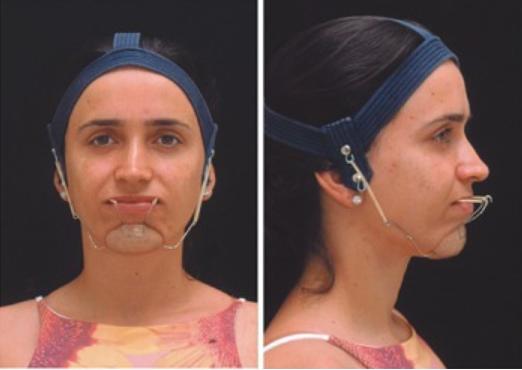Headgear Devices
Using orthodontic headgear to remodel the maxilla of adults.
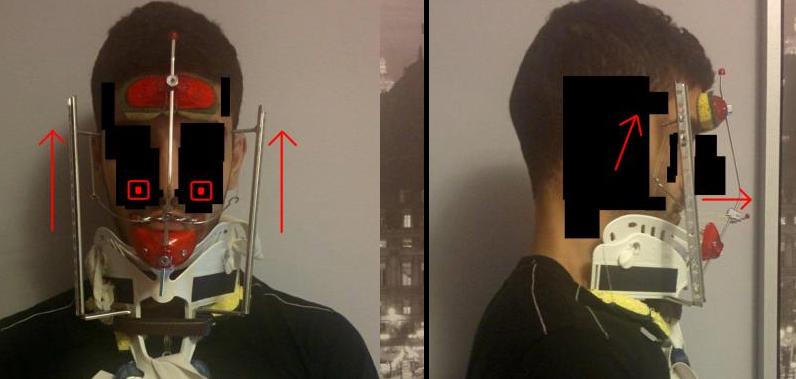
An orthodontic headgear is a mechanical device used to apply an external force to the upper jaw of the user. The goal of an orthodontic headgear is to remodel facial structure by applying an intermittent and aggressive force directly to the maxilla.
What is an orthodontic headgear?
An orthodontic headgear (also known as a reverse-pull headgear) is a tool that can be used to pull a recessed maxilla to a forward position in relation to the skull. This is done by applying a forward force on the maxilla for intermittent periods of time. To transfer that force from the headgear to the maxilla, it is typically to use an intra-oral appliance (such as a palate expander) and elastics.
Reverse pull headgears are often used on children to improve the growth of their jaws and help with orthodontic treatment. Although they are rarely used in practice, research suggests that reverse-pull headgears can also work on adults.
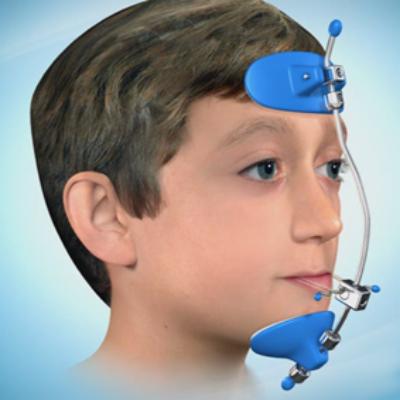
Orthodontic Headgear for Adults
An advantage of using an orthodontic headgear to remodel the maxilla is that it could bring more dramatic results in a reduced amount of time. With an orthodontic headgear, we use elastics to apply forces on the maxilla. By using thicker elastics, we can increase the amount of force applied and help speed up the results and obtain more dramatic changes. Below, we discuss the different orthodontic headgears that can be used to remodel the maxilla in adults.
1. The FacePulling Headgear
This is a device that has been designed and built by our team. It is used to replicate the effects of mewing but to a greater extent. It does so by applying forces that aim to expand the palate and move the maxilla up and forward. The FacePulling Headgear uses four elastics to apply a force directed up and forward directly on the maxilla. In the picture below, the red arrows show the forces exerted by the external elastics.

To transfer the force from the elastics to the maxilla, we use an intra-oral appliance that is fitted to the palate of but that does not touch the teeth. Since the intra-oral appliance is not anchored to the teeth, all the force exerted by the elastics is applied on the maxilla directly. We do this because we want to maximize the remodeling of the maxilla while keeping the teeth and the bite unaffected. Additionally, the intra-oral appliance has an expansion screw that can be used to expand the palate and widen the maxilla.
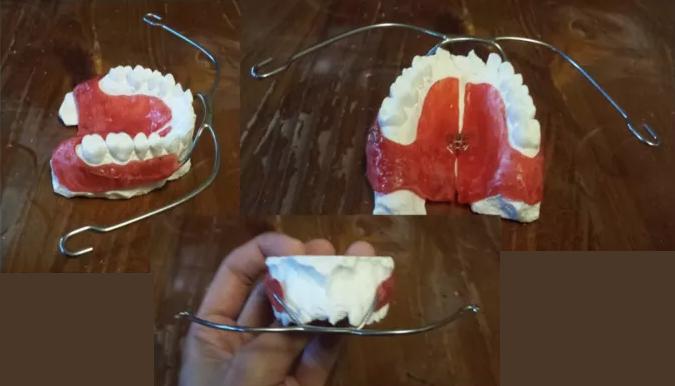
If you are interested in obtaining a FacePulling Headgear, please send and email to [email protected] .
2. The Crane
This device is a cervical collar with an embedded T-bar to which you can attach elastics. The idea is to have your own intra-oral appliance and to simply attach it to the headgear to apply a forward force. Notice that the angle of pull is not ideal, as it’s pulling in a downwards direction. Ideally, you want a forward and upwards force that replicates the action of the tongue but with a higher intensity.
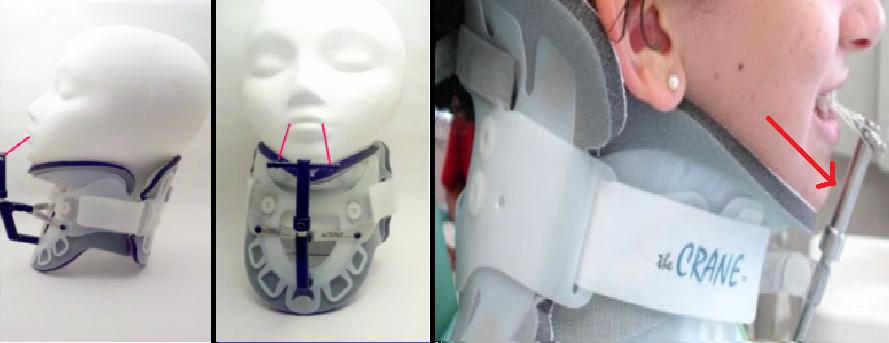
3. The MewVector
This orthodontic headgear is designed by Dr. Mike Mew for maxillary protraction. It is used on both children and adults. Although Dr. Mew made a YouTube video that demonstrates the use of the MewVector, the treatment is only available to a restricted number of patients at the London Orthotropics Clinic.
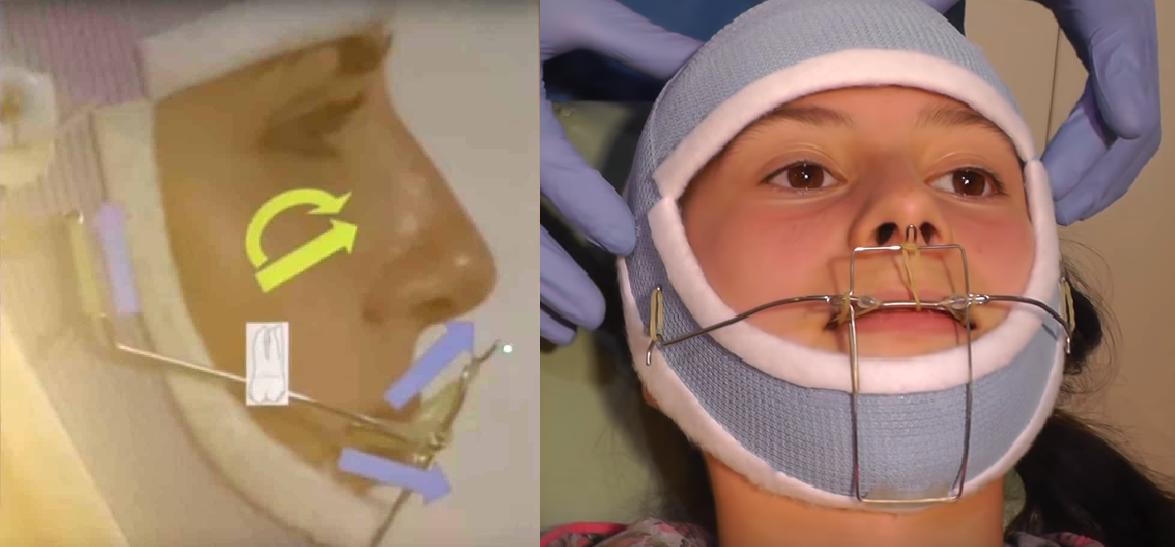
4. The SkyHook Headgear
This orthodontic headgear was used to treat a 32-year-old woman with a recessed maxilla whose chief complaint was her facial esthetics. During the treatment, the patient wore the SkyHook Headgear full-time, except during meals. Elastics were used to apply a forward force of 400-500g to the maxilla for a duration of four months. Patient compliance was excellent and satisfactory dentofacial esthetics was achieved after treatment completion.
